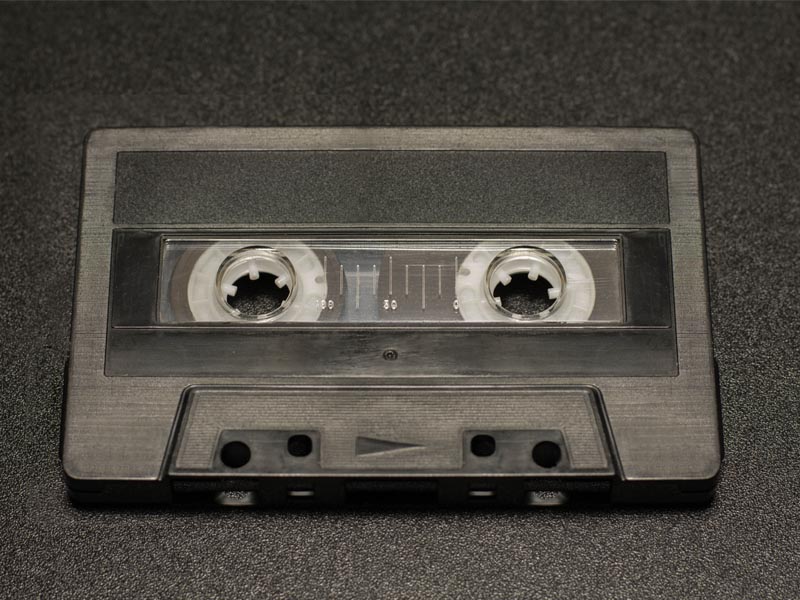Being a claims adjuster in today’s world is much different than it was 20 to 30 years ago, and it’s all because of one thing: technology.
It’s been a while since I first sat behind a claims desk. So long ago that people smoked in the closed air office of our large P&C carrier. You could even smoke on commercial flights back then! So, yes, it’s hard to believe how many years have passed since then, but in “adjuster years,” it feels like centuries. So much has changed. Technology plays a role in almost every aspect of the claims handling process, and that simply wasn’t the case 30 years ago. Call it progress.
Adjusting 30 years ago was essentially a manual process, and you were expected to handle every aspect of it: collision total losses, third party property damage, PIP and bodily injury. There were no software programs to settle total losses or evaluate bodily injury claims. You were given a certain amount of settlement authority based on your experience, and provided the dollar amount didn’t exceed your authority, you were trusted to settle the claim.
Claims handling was more basic, but it was also efficient. We were adjusters in the truest sense of the word- trained and trusted to handle a claim from beginning to end. Yes, the pace was markedly different. When I began as a claims trainee, I worked in an office that took recorded statements using cassette tapes. I worked on dumb terminals connected to a mainframe computer the size of a small car. If you needed a police report, you had to write a check and mail it with a form to a police station, then wait for the response. And if someone needed to get in contact with you, they had to pick up the phone. (Or sometimes just show up at the office unannounced.) The handling of a claim, though, was always the same: evaluate, negotiate, settle. Wash, rinse, repeat!

Do I wish I had the resources available to me that adjusters have today? Absolutely. The internet opens up so many possibilities for claims handling. Applications like Google Earth allow an adjuster to view an accident’s location within seconds. There are a myriad of tools and data that inform settling total losses. There are so many processes, simple tasks like filing, storage, and data entry that are trivial, single-click efforts today. So much of what we once did by hand is now automated by specialized websites.
But if I were still at the desk now, would I truly feel like an adjuster?
Modern adjusters have had their skills compartmentalized, their judgment stashed behind walls of processes and their creativity stifled under a deluge of responsibilities. Adjusters have become part of the assembly line. Automated bots on smartphone apps take the first notice of loss; exposure is managed by semi-automated data processes and the adjuster is supposed to find the places to fill in the gaps. Adjusters function more like “curators” of the claim file: trusted enough to manage their vendors, but not enough to create.
I’ve been on the other side of the fence, the vendor side, for over 20 years now. My, how time has flown! If I were to return to the industry as a claims executive, or consultant, I’d be particularly interested In finding ways to free up time for the adjuster. I want to maximize the time they can spend in the claim, not wrapped up in tasks. For instance, email is supposed to make us more “accessible,” but I’ve heard stories of adjusters receiving dozens of new emails while they were out at lunch, or hundreds for taking a single sick day. Is that much communication really the most efficient way to operate? Is it even necessary?
Today’s adjusting is analogous to being an airplane pilot. Planes these days possess the capability to fly themselves, but it still takes the experience of the pilot watching over it to make sure things don’t go awry, or to handle unique situations. Now imagine that pilot is inundated with minutiae, to the point that they don’t have time to use their judgment. Imagine they didn’t have access to rigorous training. They would miss things, make mistakes. The same is true of adjusters- their experience and input is still needed for settlement software or vendors to provide an optimal outcome, but they often don’t have the time to familiarize themselves with every facet of the claim. And there’s no substitute for the experienced adjuster when it comes to recognizing fraud or recovery potential. Even AI fraud prediction programs still require adjuster input.

Technology is great. It helps adjusters in so many ways- I’m certainly not advocating for less tech integration. Also, having to juggle dozens of balls each and every day isn’t something new. Adjusting has always been a tough job. It takes a varied skill set, but I don’t think it’s the same skill set, between now and when I first started. Today’s adjuster must become an expert at managing their time, or their vendors. But are they getting enough time with their claimants to learn how to develop a rapport? Are they spending enough time in the claim to intuit whether a claim might be fraudulent?
I don’t doubt that today’s adjusters are just as skilled as the adjusters I worked with, and they have a fistful of additional tools at their disposal. But if integrating more technology also means constraining the adjuster, are we mitigating the very individuals who could provide the most value to a claim?
